Prison Outside #2
21.-23 November 2018
Helsinki, Finland
русский
suomeksi
Thank you for being part of
Prison Outside #2!
Prison Outside #2 is a cross-disciplinary discussion on artistic projects in and around prison. It took place on November 21st-23rd in Helsinki and presented speakers from Finland, Russia, Ireland, USA, Canada and Belgium.
This conference was organised by Anastasia Artemeva and Arlene Tucker.
Our program included presentations, round table discussions, film screenings, and workshops. Free Translation, an exhibition of artistic and literary works on imprisonment was launched during the conference. We discussed artistic practices in prison, and their effect on rehabilitation, understanding the histories of incarceration, and encouraging communication between people of different walks of life. Information about presenters and moderators: https://prisonspace.org/2-Presenters

Marina Konovalova,
a student in Moscow State Universtiy of Psychology and Education has collected feedback and reflections from participants and guests. Live words about Prison Outside #2:
The conference linked us all with common ideas, further work opportunities and new joint projects.
For the students from the Russian delegation of the Moscow State University of Psychology and Education, the Prison Outside #2 conference resulted in different emotional responses, but most importantly, everybody found an issue, that felt important and encouraged engagement and discussion. The slight uncertainty and anxiety went away on the first day, the right to say emerged: evening discussions in the hostel, communication with fellow guests from other countries, awakening of an inner desire to understand the problems that were common to the cultures represented. The young women extensively described their feedback on the conference, after conducting the content - the analysis we selected the most important and significant:
Feelings, states and emotions
Exciting, happy, pleasant feelings, and delight, and surprise, and sadness, and joy, threads of trust, kindness and warmth, sincerity and professionalism.
What is it about?
Inspiring, openly talking about socially significant issues and sharing your ideas; hooked and responded, understood each other without words, were real and were together, about love, relationships, unity, equality, about all of us, about people, about feelings.
Conference =
Together, significant, new, valuable knowledge, different countries, food for thought, an unforgettable experience of communication, an unusual format, different perspective.
To sum up, we can say with confidence that the experience of foreign colleagues, the problems and the general atmosphere of the conference affected the subtle matters of the girls' souls. Time will tell how the knowledge and conditions experienced at the conference will affect the personal and professional development of future psychologists.
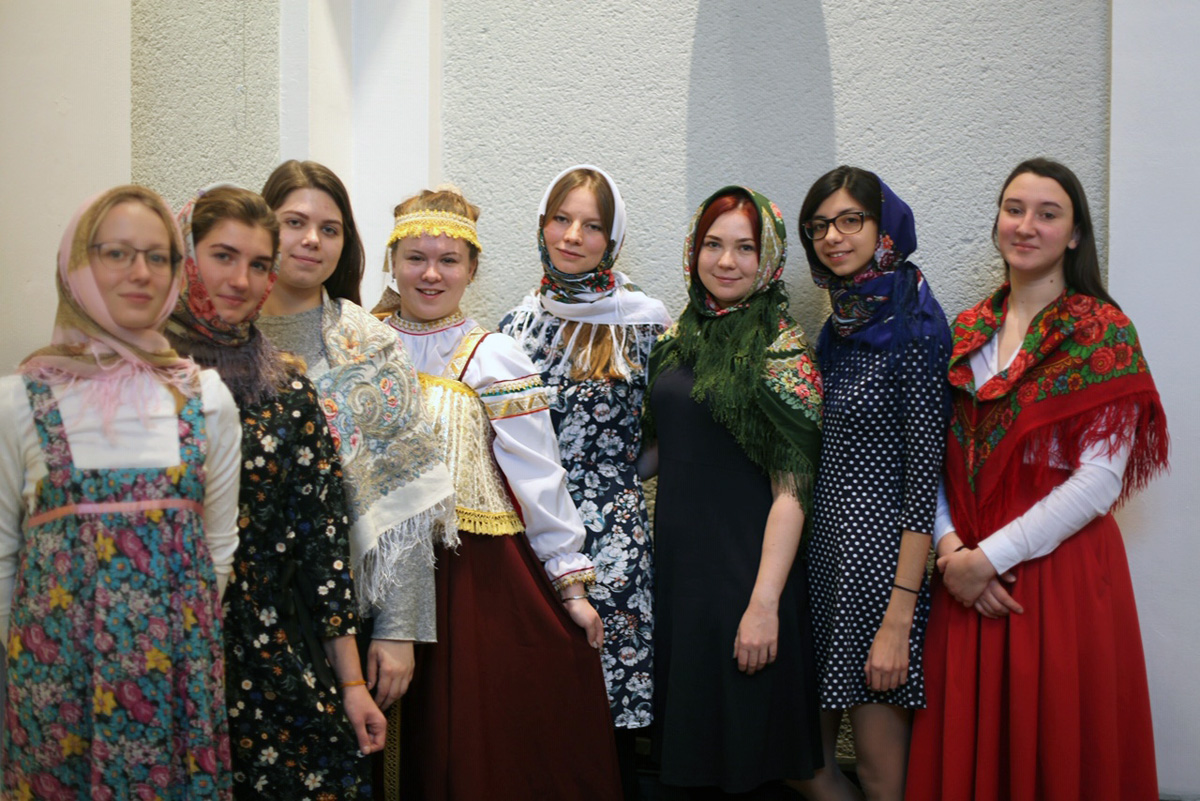
«Please tell us about your impressions and emotions about the conference. What kind of event give a response to your soul? What did you leave the conference with?»
Our colleagues responded to this request for feedback, their words are invaluable to us!
Pati Hernandes, USA; author of the project Telling My Story:
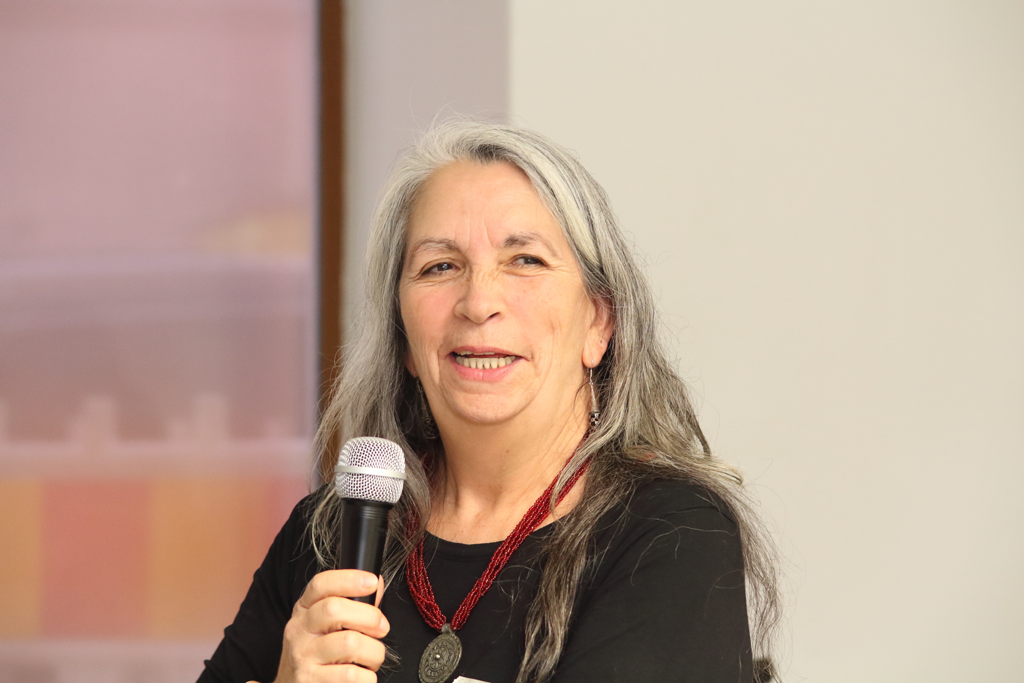 Image: Kirill Reznik
Image: Kirill Reznik«What I thought was extremely valuable during the conference was the sharing of all these different efforts from different cultures; how countries sometime, even though physically separated, share experiences at many levels. I appreciate the circles of conversations and how we all came together to listen and to speak. It was also exciting for me to see so many young people interested and invested in the effort of reflecting about the global prison realities- it gave me hope and energy to keep going. I greatly appreciated the fact that your students- those bright young women- were being exposed and asked to question the system as it is, and to think of how we can participate with the idea to produce necessary changes for our ill humanity. Those eyes and smiles will stay with me- they nurture me and make me feel that something else is possible.
I believe that as a whole, the experience gave us the possibility to connect and join forces in the future. I strongly believe in community, and it is very important for me to feel I am not alone in this effort- in this fight. Listening to how people facilitate more humane realities inside prisons; and of others working to facilitate more successful reintegration into society gave me hope. As a community we can learn from one another and strengthen our work. »
Arlene Tucker, Finland, one of the Prison Outside #2 organisers:
Image: Kirill Reznik
«I feel that Prison Outside #2 was very successful and I am happy about the whole event! It was great to see so many people share their stories, interests, and experiences related to incarceration, social justice, and mental health. I feel that we created a safe space to speak openly about these subjects. Through the dialogue that was opened up over the three days, I felt I had some questions answered, but mostly it triggered even more questions and motivation to learn and do as an individual and as a group member.
Free Translation exhibition was another dimension for people near and far to be heard. Having received so many artworks from people all over the world shows this need to share and offer alternative ways of creative and self-expression. It also documented the beginning process of collaboration between Russia and Finland.
Everything has a start and we never know where it will end up! I take that as a general positive attitude towards Free Translation and Prison Outside #2. Now that I have met so many amazing people, I would like to make deeper connections with them and find ways to support each other. »
Nimetulla Parlaku, Belgium, film director:
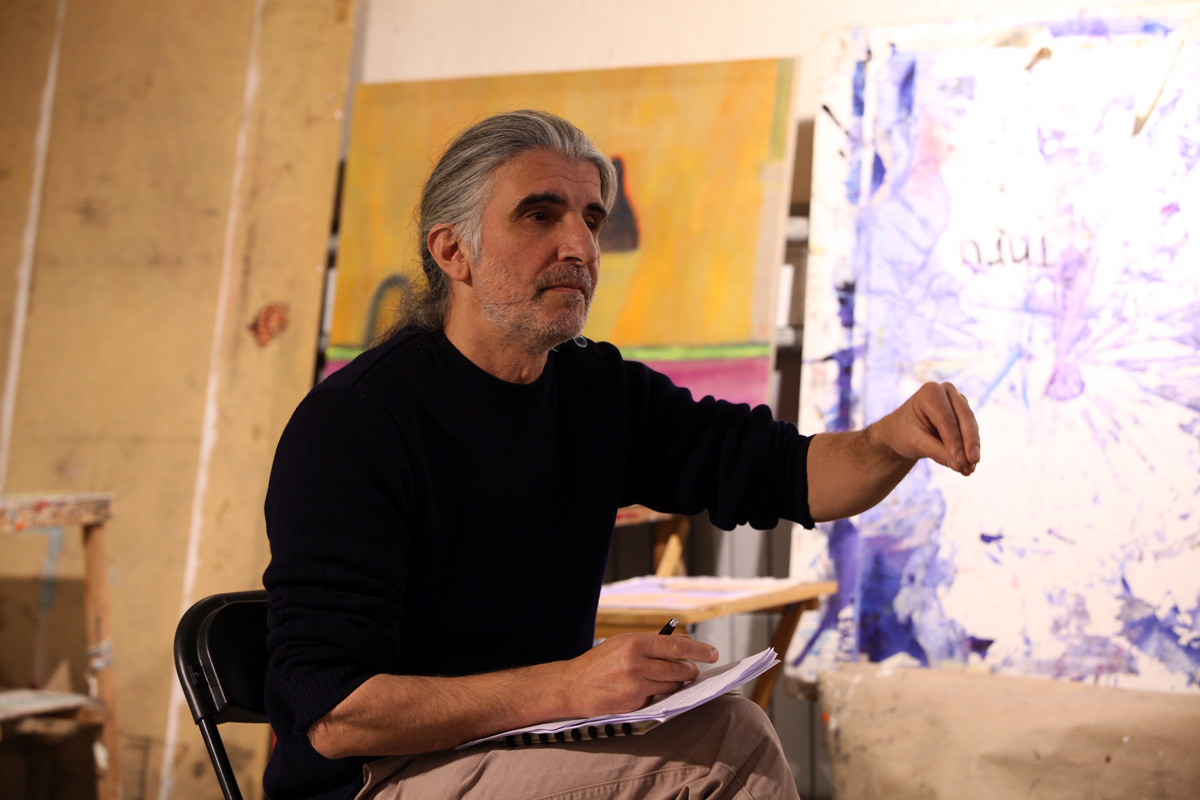
«First of all, it is impressive to see that the nature of the conference needed a lot of energy and willingness to be put in place. To talk about art and prison, it is a matter of activism. It's not trendy or fashion. The way a society handles its inmates shows so much of itself.
So, I was very pleased to see the way the conference was managed. Starting with books and literature was a very good idea. Mixing passive moment with active ones like your workshop, it's also very effective and important to keep a good balance of investment and concentration. Your presence too, was a good point. Having students during this kind of events is very important.Also, I think that, having people from different cultures and different languages gave the conference a bigger impact on the subject.»
Tom Shortt, Ireland, program director “Artists and Writers in prison”. Tom has written an extensive report, we here we publish an excerpt form it.

«Dialogue
There is a difference between visiting a country on holidays, where you are unlikely to meet people to have a good conversation, and attending a working conference where people have shared interests and actually expect to engage in meaningful conversations. The American educationalist John Dewey 1859-1952 said that conversation is one of the greatest human needs in order to be truly human and to realise our true potential. The process of dialogue, in the form of question and answer sessions and round table discussions, was a value at the heart of the PrisonSpace #2 conference. The conference was skilfully structured so that all participants were invited to contribute, either formally or informally, and in that way every participant filled the roles of both teacher and learner suggesting that everybody was entitled to learn but each person also had something to offer, based on their unique personality and experience. Therefore the conference was a successful exercise in active, participatory democracy and inclusivity… This ethical value placed all the participants and the content they had to share at the heart of the conference and, linked to thoughtful planning and good management, made the conference a valuable learning and growth opportunity for participants both individually and collectively. The success of the conference can be measured in how many of the participants plan to work together again suggesting they got to understand each other sufficiently to know that it will be productive to collaborate again. Therefore the conference was also a very successful exercise in community building where participants felt a sense of belonging. During an informal discussion at the conference Pati Hernandez spoke about the concept of social mobility as an experience denied to many prisoners not only as a direct outcome of imprisonment but as an outcome also of limited horizons. Therefore the conference can be seen as a meaningful and satisfying experience of social mobility where people travelled to experience a different culture and to engage in a series of encounters and a process of learning and self-discovery based on the dynamics of the liberating forces of the arts and education.»
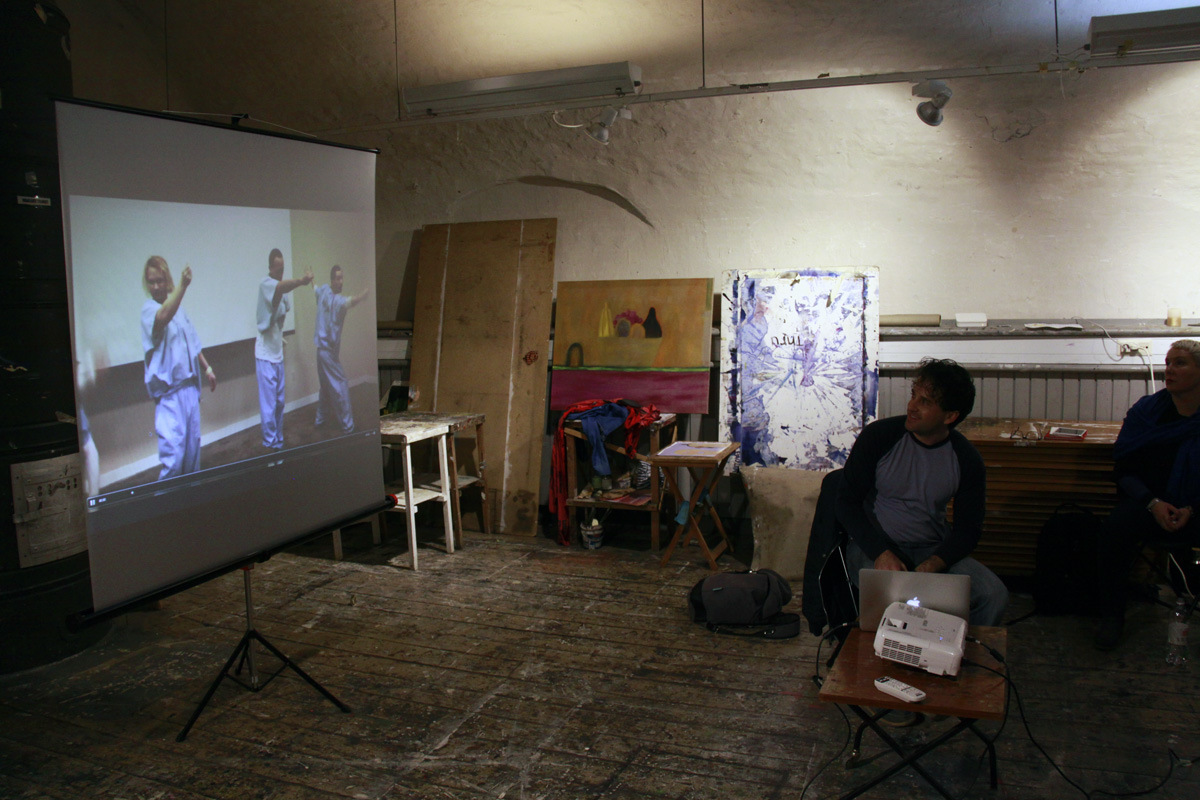
 Image: Tom Shortt
Image: Tom Shortt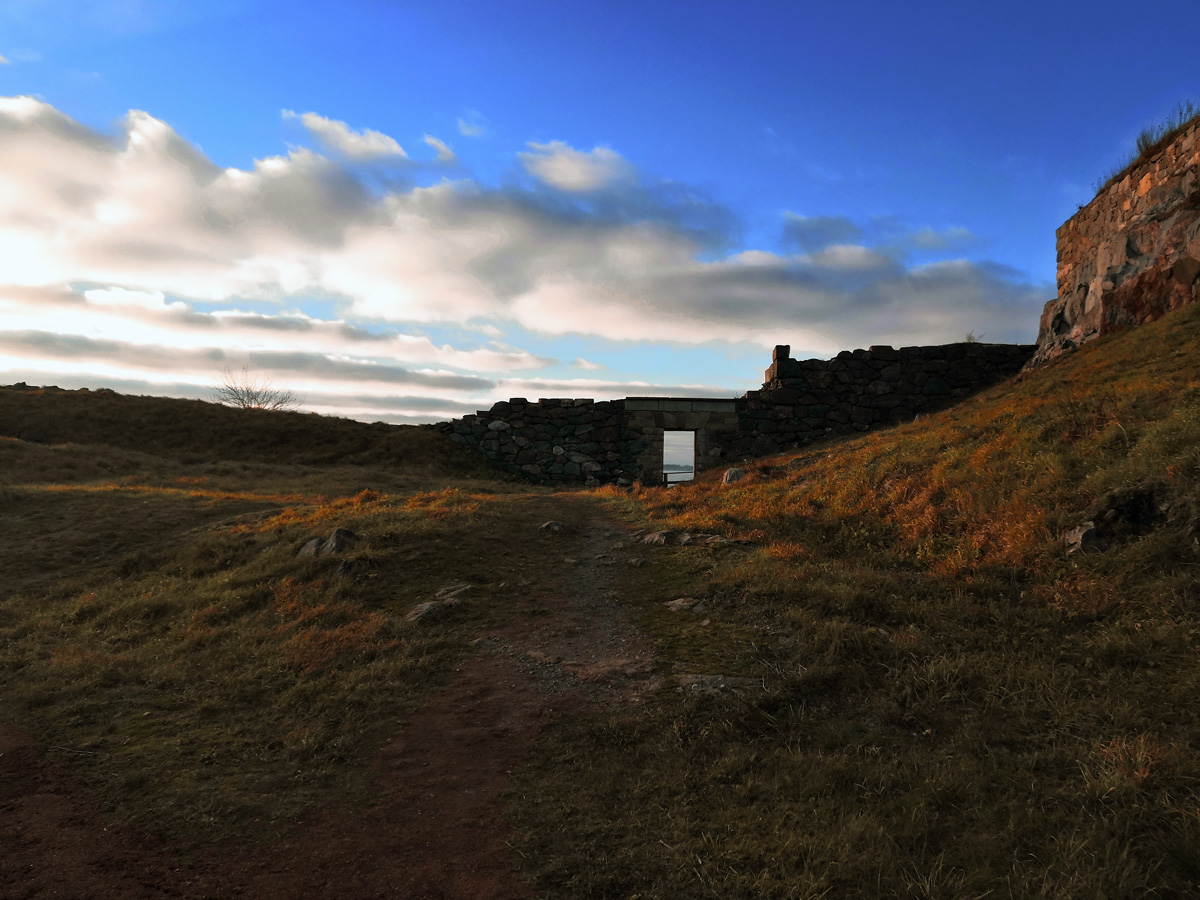
Partners:
PUBLICS is a curatorial agency with a dedicated library, event space and reading room in Vallila Helsinki, known for its industrial working class histories and, more recently, for its influx of divergent artistic and academic communities.
Under the artistic direction of curator Paul O’Neill, with program manager and curator Eliisa Suvanto, PUBLICS explores a “work together” institutional model with multiple overlapping objectives, thematic strands and collaborations. PUBLICS is a constellation of practices, projects and productions. As such, PUBLICS proposes the term “Public” as always plural—as a concept; as a group of people (imagined, actualized or real); and as a contested spatio-temporal location/discourse in the world. The on-going project strands of PUBLICS are: PUBLICS Library; PUBLICS Talks; and PUBLICS Events and Performances. These initiatives will evolve in time and in parallel with the project’s longer-term curatorial programmes, PUBLICS Public Art Commissions.
https://www.publics.fi
Art School MAA was founded in 1986. The school operates in Suomenlinna Island, in the premises of old army barracks. The activities of the school have also extended to the mainland with an experimental gallery MAA-Tila. The school has active contacts with the actual international as well as the local contemporary art fields and its teachers are practicing art professionals.
Art School MAA is a private art school with approximately 90 students annually, and is run by its support association. It receives support for its operation from the City of Helsinki and the Ministry of Education. Anyone over 18 years of age can apply for the day programme, which offers the qualification for artist’s profession. The selection is made in the entrance examination which is held annually in May. The evening course is for anyone over 16 years of age, interested in fine arts, aiming at further studies in an art school and beginners.
https://www.taidekoulumaa.fi
Harjun nourisotalo is located on Aleksiskivi Street in Kallio, just a stone's throw from Sörnäinen. The history of the house is very colorful. The house designed by architect Albert Nyberg was completed in 1922. The house was built as morgue where the deceased were washed, placed in chests and loaded on a dead-end corpse behind the house that carried the corpses to the cemetery in Malmi. The morgue ceased operations in Harju in the mid-1950s, after which the house served about 20 years as a storage for paint.
Nowadays, Harju offers great facilities for all types of young-minded events and helps in organizing them. The primary principle of action is that young people think and organize and we help! Get in touch with all the ideas in the house staff, so put the events together.
http://harju.munstadi.fi
Kone Foundation is an independent non-profit organisation with a mission to make the world a better place by advancing bold initiatives in research and in the arts.
